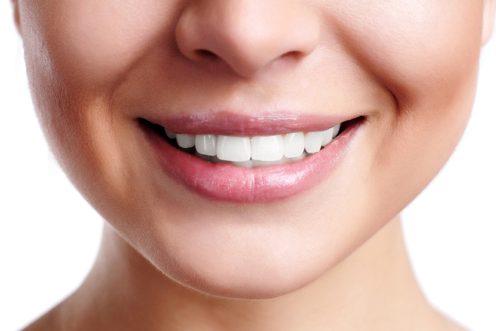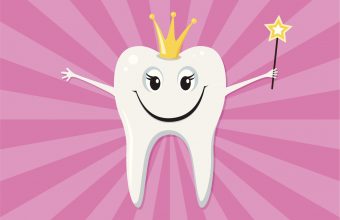Wine, coffee, tea and other treats we love can really put teeth through the wringer. To get them safely back to their whitest, it’s important to follow only doctor-approved remedies.
What Not To Do: Home Remedies
There are many online remedies explaining how to whiten your teeth. Although these two remedies are extremely popular online, they’re actually quite dangerous for your oral health.
- Baking soda mixed with lemon juice into a paste and brushed onto the teeth
- Making a paste of strawberries and brushing that onto the teeth
You should never ever do these at home. Lemon juice is incredibly acidic (pH level of 2) and strawberries are acidic as well (pH level of 3’4). Acid brushed into the teeth causes erosion on its own, but when mixed with baking soda’which is a mild abrasive’it becomes even more dangerous. Both lemons and strawberries also contain sugar and we all know that sugar brushed onto the teeth can cause cavities in the presence of bacteria, which we all have in our mouths. These remedies are a recipe for disaster. By brushing an acid plus an abrasive on your teeth you are starting to wear away your enamel (the outer coating of your teeth). Remember that once enamel is abraded away it will not grow back.
Underneath that enamel is the inner part of the tooth made from a material called dentin that contains millions of tiny channels that communicate directly with the inside of the tooth where there are nerves-exposed. Dentin causes major sensitivity. Dentin is also darker than enamel, so instead of whitening your teeth you will have set yourself up for not only darker teeth in the long run (as your wear down that outer enamel coating) that have more stain potential, but sensitive teeth as well.
What To Do: The Best Ways to Whiten
Whitening Toothpastes
Whitening toothpastes contain mild abrasives that will help remove food debris, plaque, and surface stains, but you need to use them every day. These toothpastes should also contain fluoride, which will help re-mineralize any tiny pores caused by eating acidic or sugary foods. There are some new whitening toothpastes that actually contain a small amount of hydrogen peroxide (1 per cent), the material needed to remove deep intrinsic stains. This low level of peroxide is safe to use every day.
Whitening Mouth Rinses
Some of the new whitening mouth rinses also contain a small amount of hydrogen peroxide (1 per cent), but as it isn’t in your mouth for very long (60 second rinse, twice a day) they will take months of use to produce noticeably whiter teeth. If you experience any gum or tongue sensitivity you should discontinue use. These rinses are also safe to use everyday.
Intrinsic or Inner Stain Removal
In order to remove deep staining, the products used must contain some form of hydrogen peroxide. This peroxide needs to remain in contact with the teeth for a minimum period of time in order to achieve the desired whitening effect. These products have all been tested and approved and are safe to use if you follow the instructions properly. These products will only work on natural tooth structure and will not whiten any white fillings, bonding, crowns, implant crowns, veneers or bridges. You should always consult with your dentist prior to using any over-the-counter whitening products to make sure that it is safe and will be effective for you and your dental condition.
Whitening Strips
These contain approximately 9.5 per cent hydrogen peroxide and are available over-the-counter. You wear the strips either once or twice a day for 30 minutes for either one or two weeks. You should start seeing results after three days. Results usually last for four to six months depending on your diet. Remember that no whitening lasts forever! I recommend the ‘Advanced Seal’ variety as it is no mess, sticks very well to the teeth and has a pleasant taste.
Tray based whiteners available OTC or through your dentist
Your dentist will take impressions to make customized trays that fit your mouth. You then fill the front compartment of the tray with the whitening agent that contains a type of peroxide and wear the trays for either 30 minutes twice a day or overnight for up to two weeks. Dr. Laurel doesn’t suggest the over-the-counter variety because it has a one-size-fits-all tray or a moldable tray, which is not as accurate and may allow the whitening agent to seep onto your gums and cause irritation.
Laser Whitening at a Dental Office
This is by far the quickest way to whiten, often done in one appointment of 30’60 min. Gums are protected with materials that allow the whitening agent to sit only on the teeth. Keep in mind that laser whitening can cause a temporary sensitivity if you are sensitivity prone. This method won’t get your teeth any whiter than the other two methods, but is quicker.
It is important to understand whitening is not permanent. How long it lasts will depend on your habits. The degree of whiteness accomplished by these methods will vary from person to person depending on the initial shade of teeth.
Tagged under: teeth,whitening,laser,trays,strips,DIY whitening,home methods
Category: No Category






